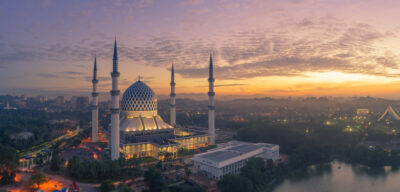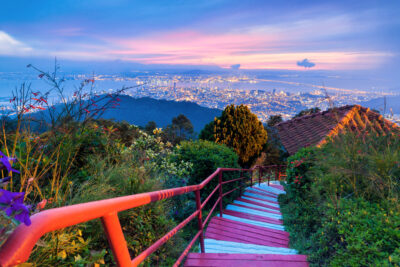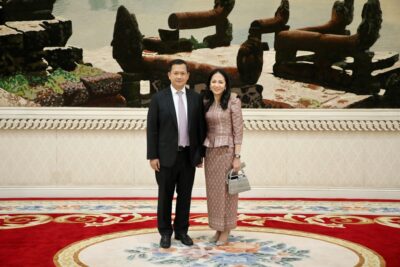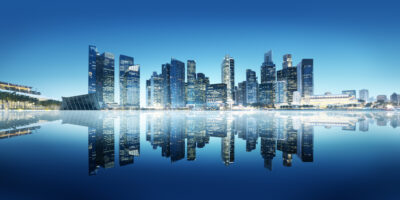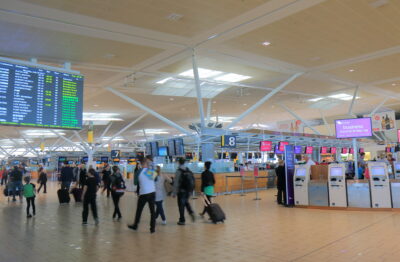Watch: The effects of COVID-19 on future built environment thinking
In this lecture, I discussed how COVID-19 has transformed the way in which we use space to live, work, play or learn and has necessitated an evolution in the way we perceive, educate, and potentially (re)design our cities, buildings, and landscapes.
Whilst the immediate natural inclination is for an increase in spatial proportions to allow for social distancing, the city has, for centuries, evolved into its increasingly high-density guise as the product of Man’s need for convergence – regardless of the economic, political, religious, and/or cultural motivation.
Such migratory patterns to cities have yielded the urban habitats that we inhabit today, and whilst COVID-19 continues to be a disruptive influence on those patterns, our responses should be as equally socio-culturally weighted as they are spatial.
Recommended
Why everyone is moving to Selangor and Johor: Malaysia’s real estate comeback
Malaysia’s upturn in fortunes is especially prevalent in secondary destinations such as Selangor and Johor
Penang’s silicon boom: How the US-China tech war is supercharging local real estate
Penang’s booming semiconductor industry has created ripples within the local real estate sector
New leader, new opportunities: How Hun Manet is shaking up Cambodia’s real estate game
Hun Manet is overseeing decent economic growth and widening access to the country’s real estate market for foreigners
Singapore embraces inclusive housing reforms amid resilient demand
The Lion City’s regulatory strength continues to exert appeal for international investors

